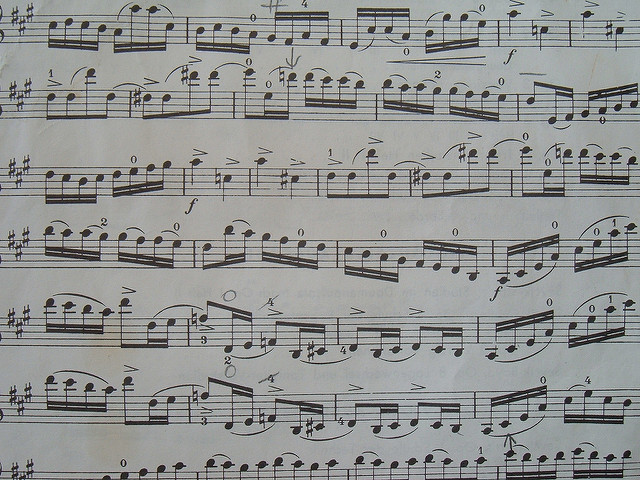
WASHINGTON –When it comes to music and visual arts, American teenagers could use some help.
The National Center for Education Statistics reported Tuesday that in 2016, American eighth graders scored an average 147 in music and 149 in visual arts on a scale of 300. Some 8,800 eighth graders from public and private schools across the country took part in the test, which was part of the National Assessment of Educational Progress, often called the Nation’s Report Card.
Acting Commissioner Peggy Carr said the test shows students have a lot to learn in art and music and that no progress has been made since the same test was administered in 2008.
“When I saw the results, clearly there is room for improvement, because clearly there is a lot of content that students weren’t able to interact with correctly,” Carr told The Associated Press.
When asked to listen to George Gershwin’s “Rhapsody in Blue,” only about half of the students were able to identify that the opening solo is played on a clarinet. Students who scored 182 were able to label all the eight notes in C major, students who got 150 were able to label one note.
While most students could point to one or two structural differences between two mother-and-child portraits, they usually struggled to explain the technical approach and meaning in an artist’s self-portrait.
“The average student does not know a lot of the content that was asked of them on this assessment,” said Carr. “It was a difficult assessment, a challenging assessment.”
On the bright side, the achievement gap has narrowed between white and Hispanic students from a difference of 32 to 23 points in an average score in music and from 26 to 19 points in arts since the previous test. Girls continued to outperform boys.
The black-white achievement gap, however, remained unchanged. While white students scored an average of 158, black students got 129 on the music test and the margin of difference was similar on the arts portion of the exam –158 for white students and 128 for black students,
“Every student should have access to arts education to develop the creativity and problem-solving skills that lead to higher success both in and out of school,” said Ayanna Hudson, director of arts education at the National Endowment for the Arts. “Arts education can be especially valuable for our nations’ underserved students, leading to better grades, higher graduation rates and increased college enrolment.”